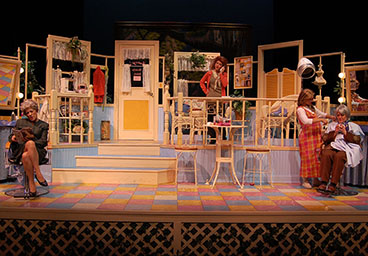

The Romans employed candles, torches and lanterns to illuminate the stage in these indoor spaces. It wasn’t until the rise of the Roman Empire that performances moved to indoor spaces like great halls. In addition, to establish a specific mood, the actors paused plays and took an intermission period until the sun’s angle suited the need for the scene. Even still, the innovative Greeks used large mirrors to alter or reflect the sun’s rays as an early type of stage lighting. Drama festivals played from dawn until dusk, and performances took place outside in large, stadium-like amphitheaters, lit only by the sun.īecause plays took place outside, stage companies had little control over lighting. These cues, however, happened mostly within the confines of a world without electric lighting. Ancient Greeks pioneered the modern genres of comedy and tragedy, and many Greek plays are still performed today.Įven these early Greek plays featured lighting cues. It is no secret that drama became a staple in Greece long before the birth of New York’s Broadway.

Theater, however, has existed far longer than the resources that make our modern connotation of drama possible.įrom ancient Greek amphitheaters to Shakespearean plays in Elizabethan England, lighting has always played a role in drama productions, even before the advent of modern technology. Lighting can simulate different times of day, suggest intensity, show happiness, call attention to one particular actor or stage piece, and enhance the audience’s experience in many other ways. Theater lighting design has a major influence on the mood of a scene and the audience’s experience.


 0 kommentar(er)
0 kommentar(er)
